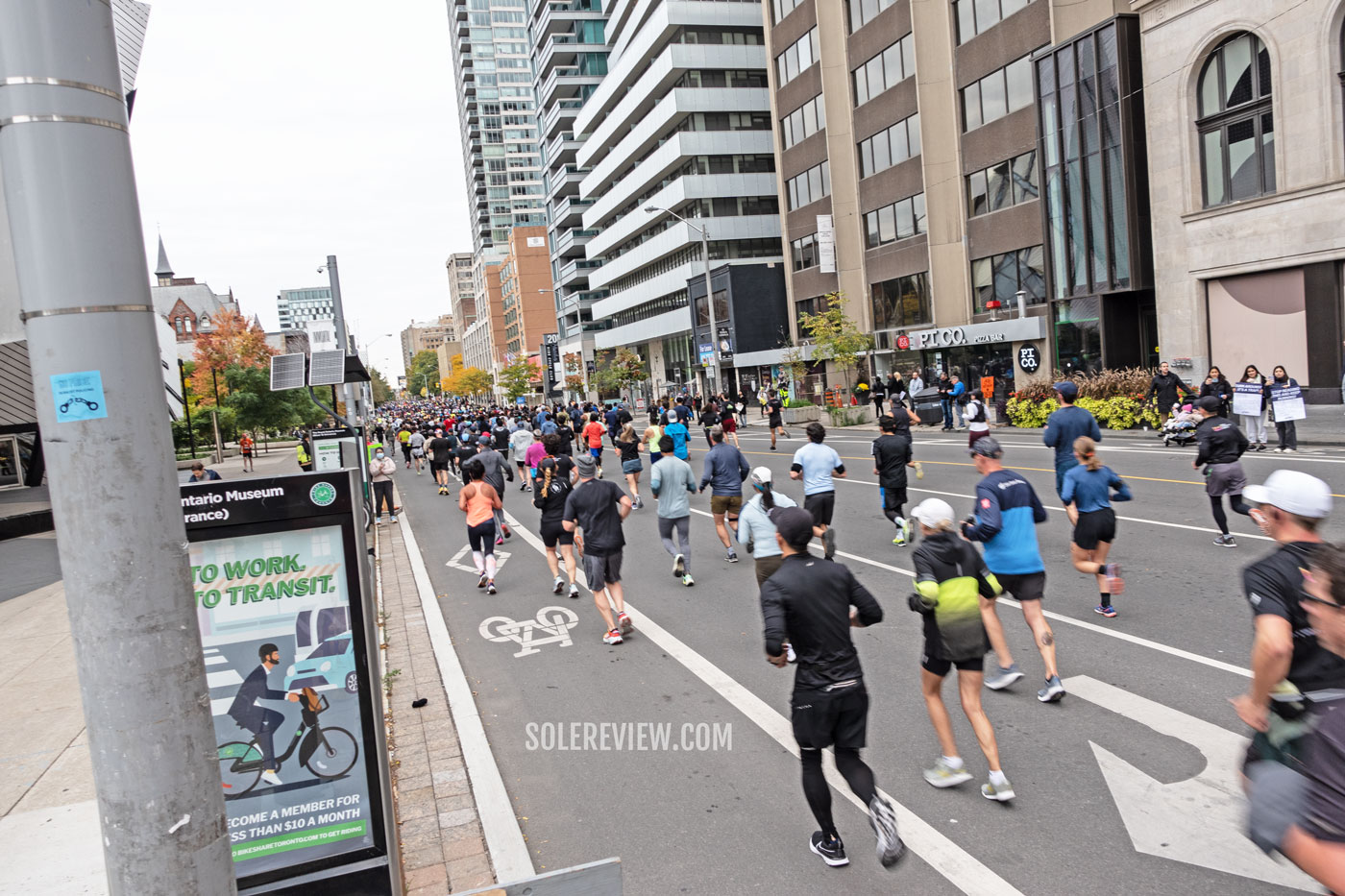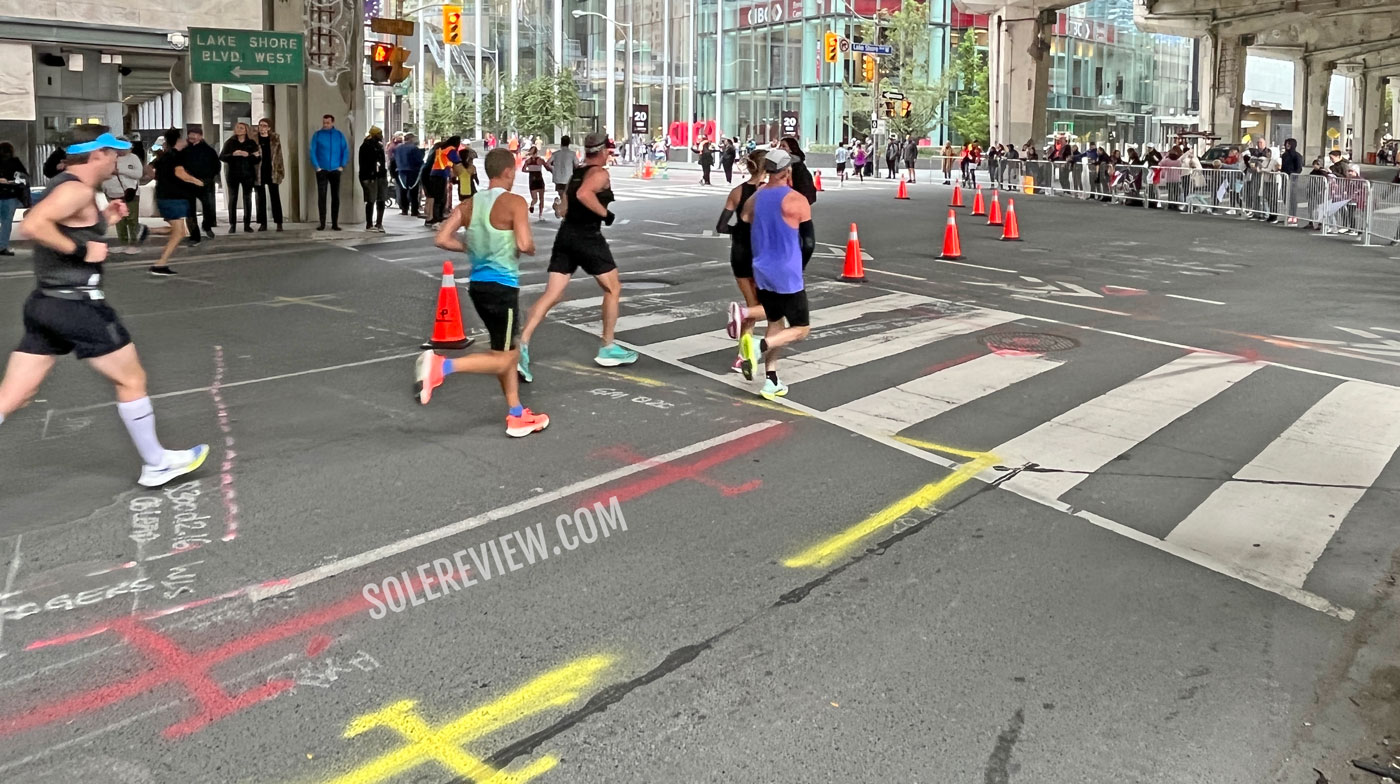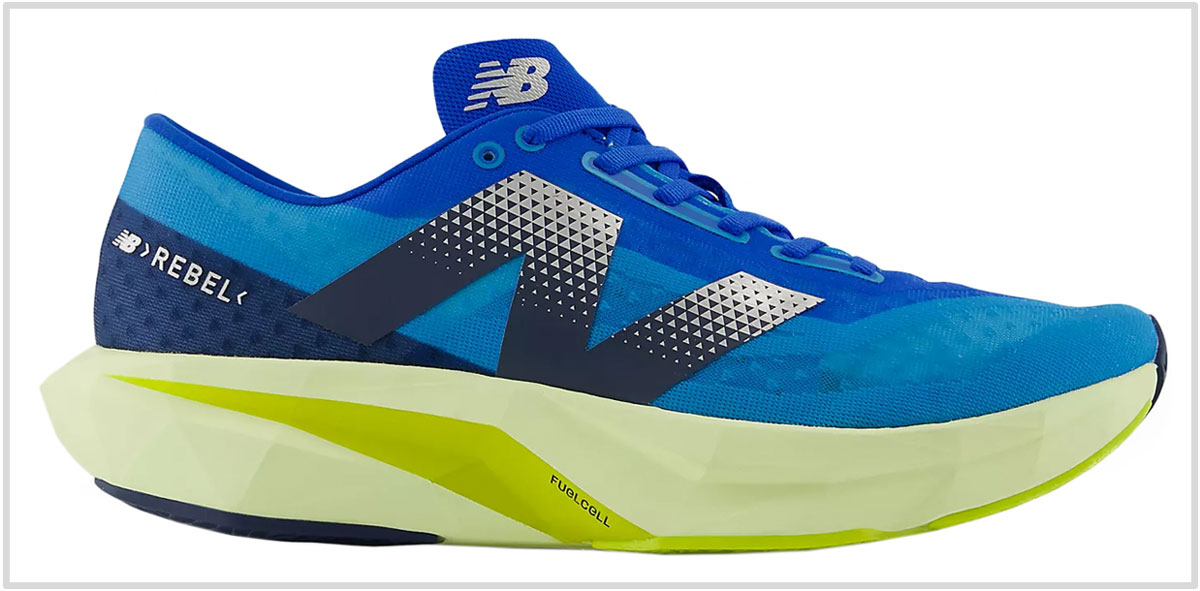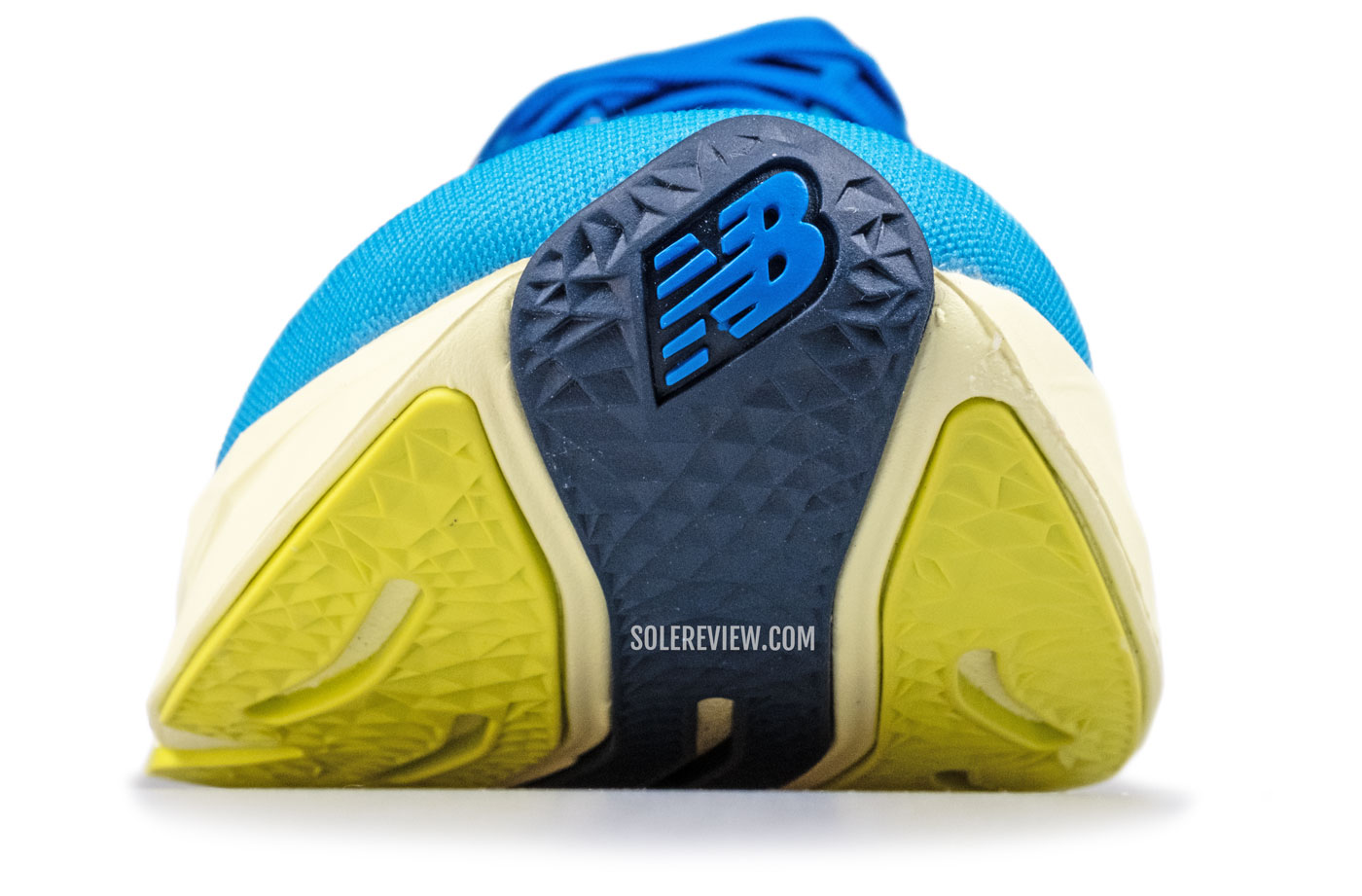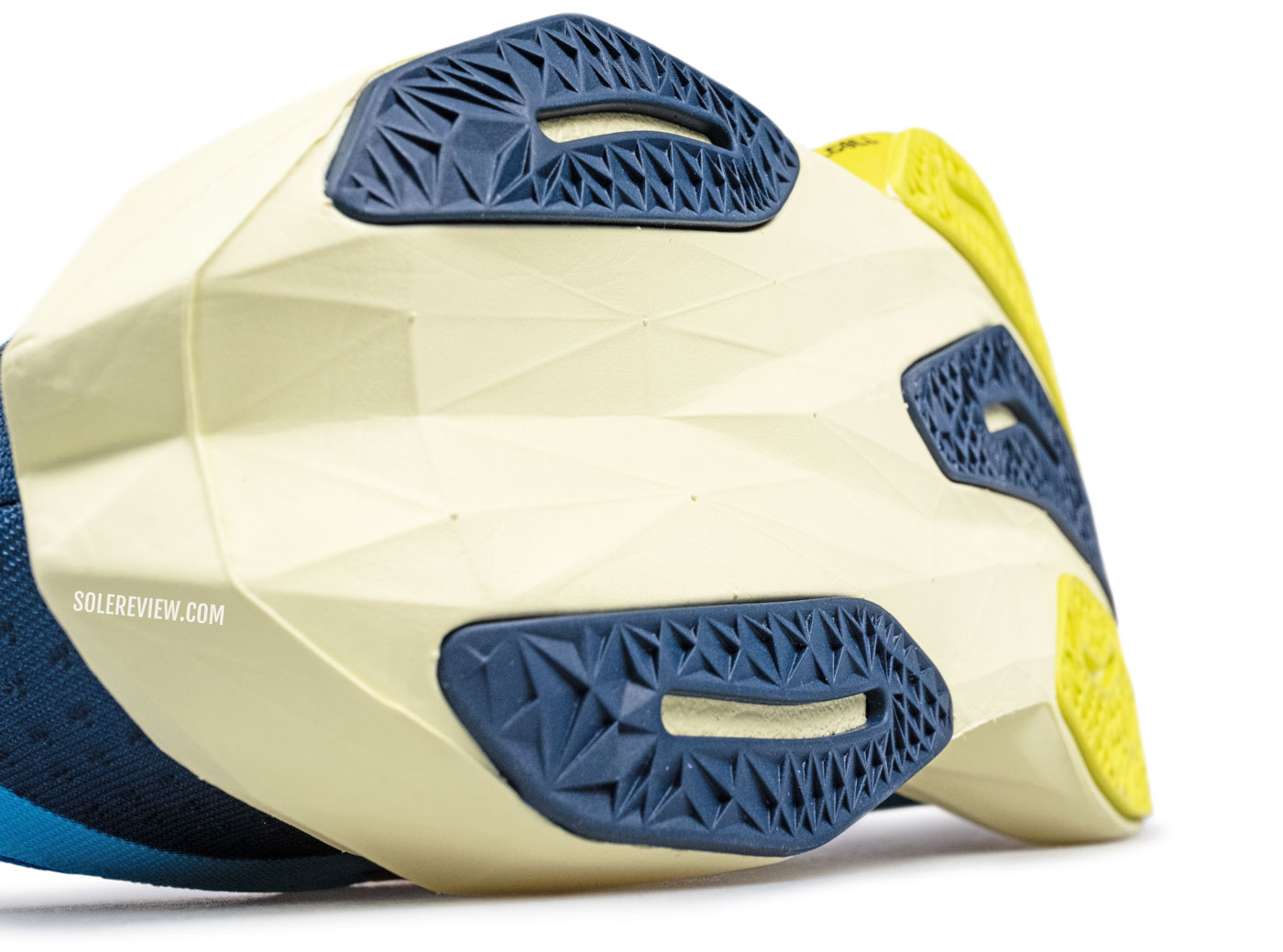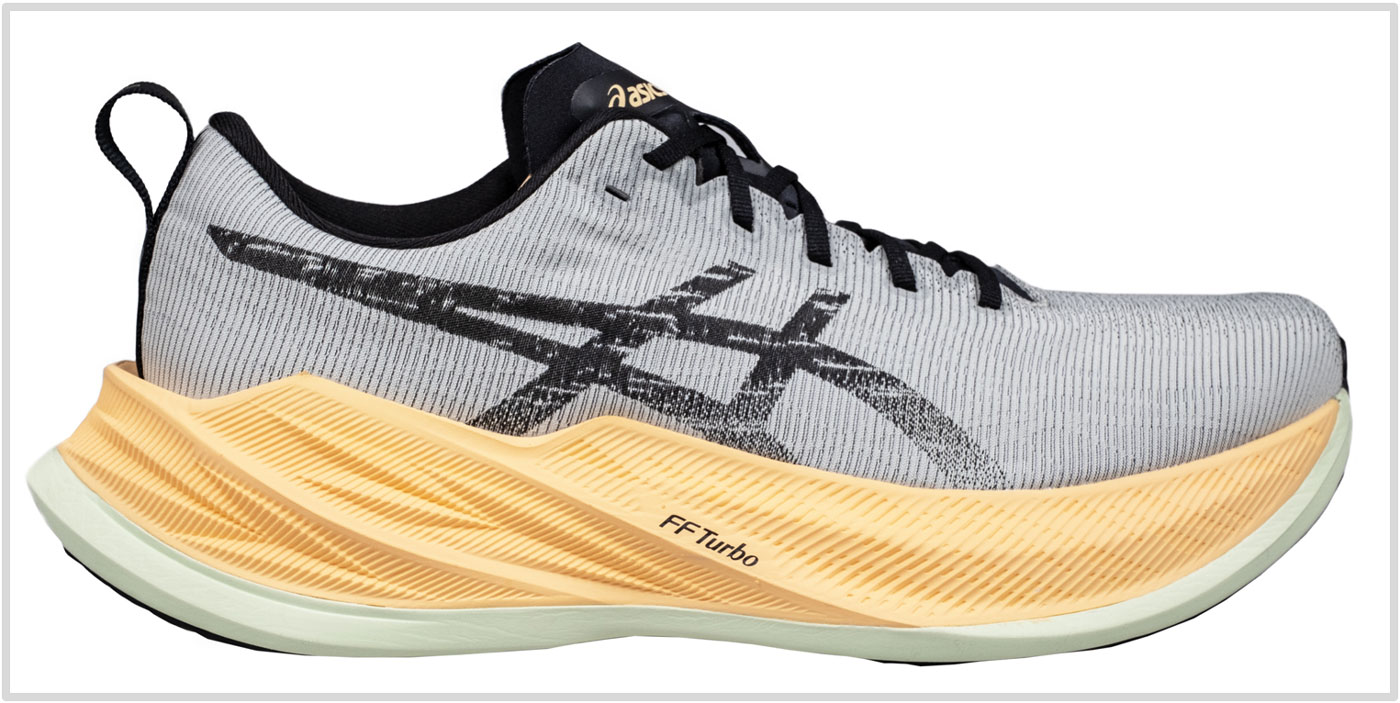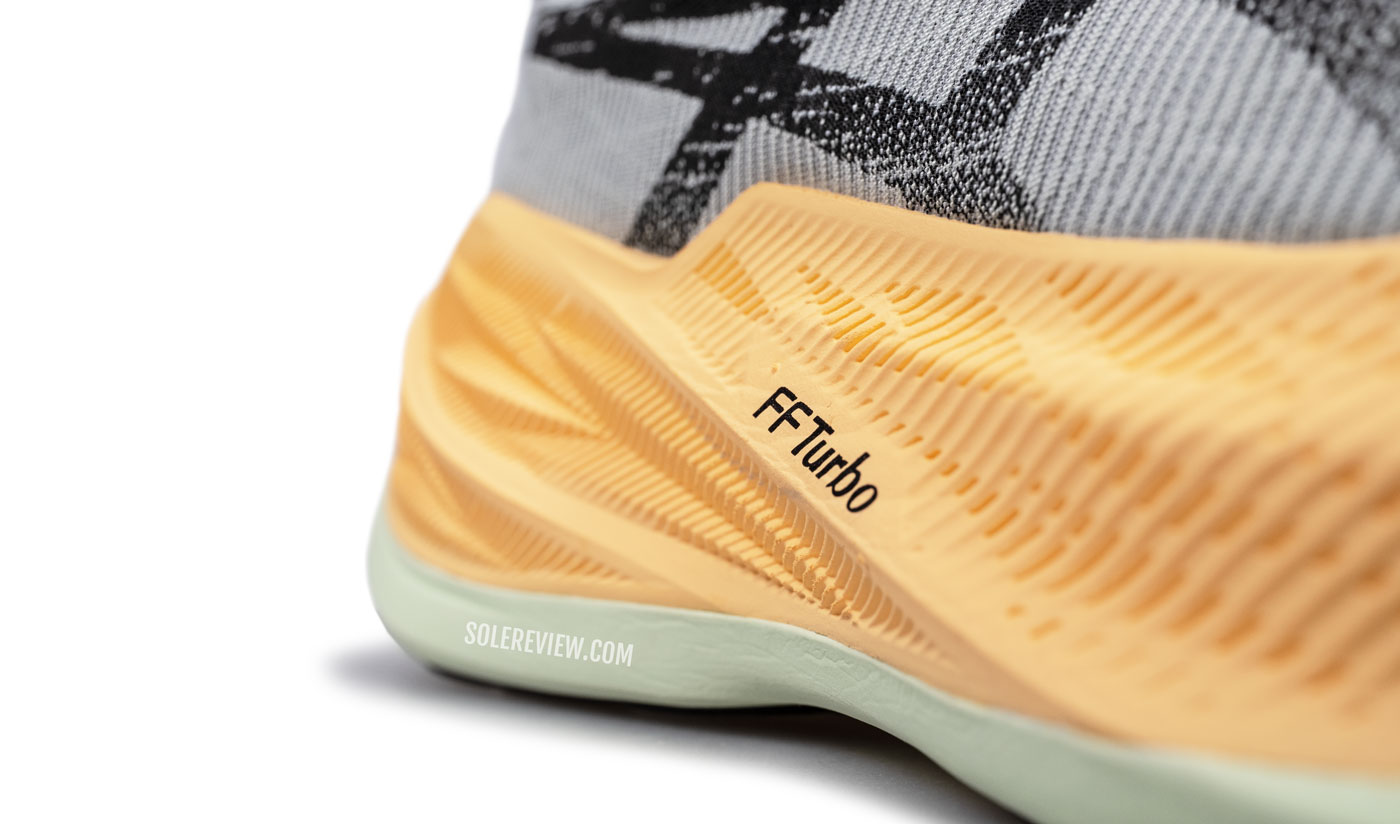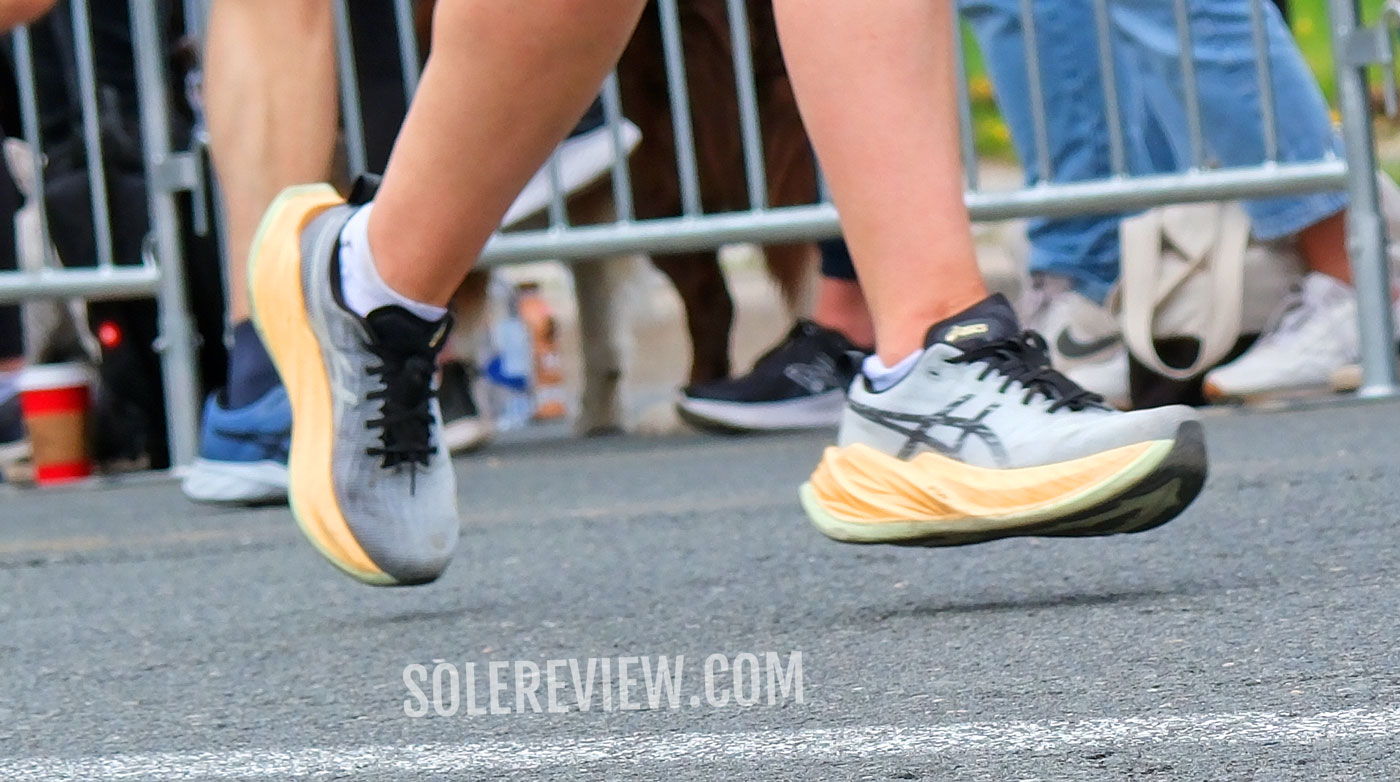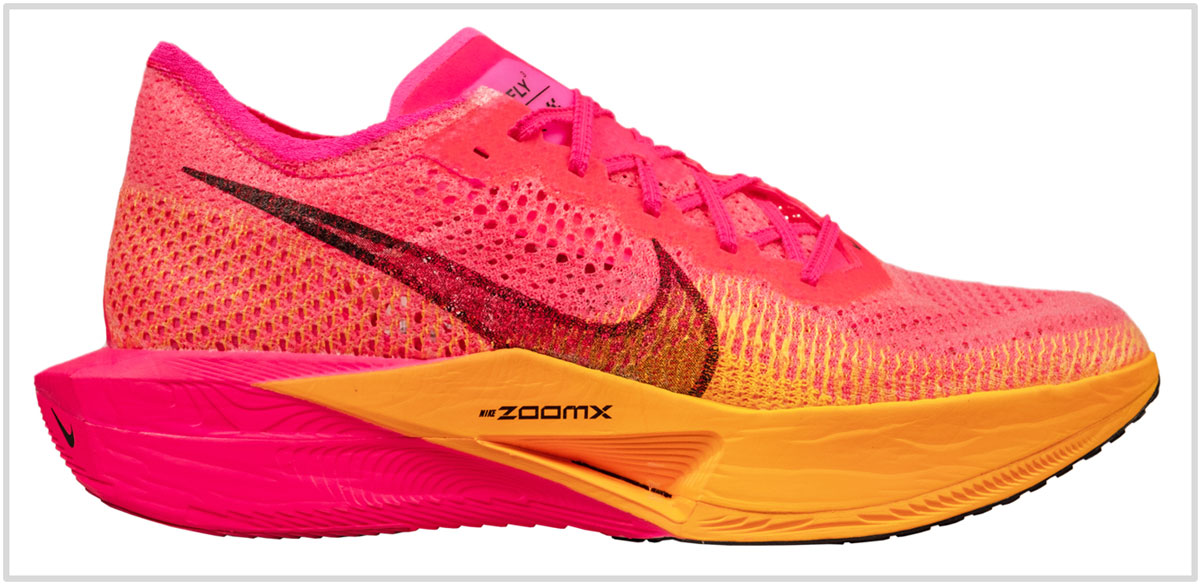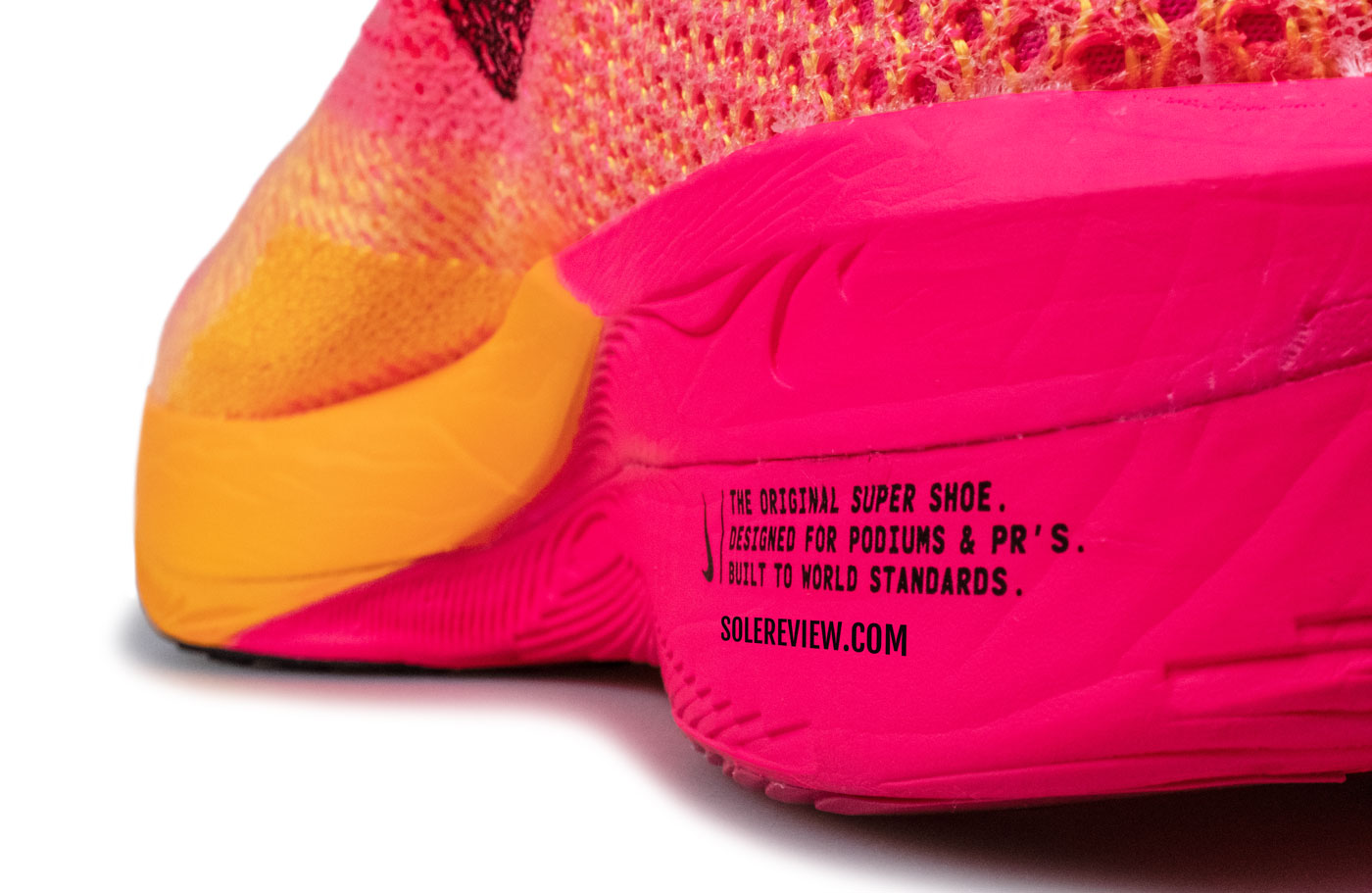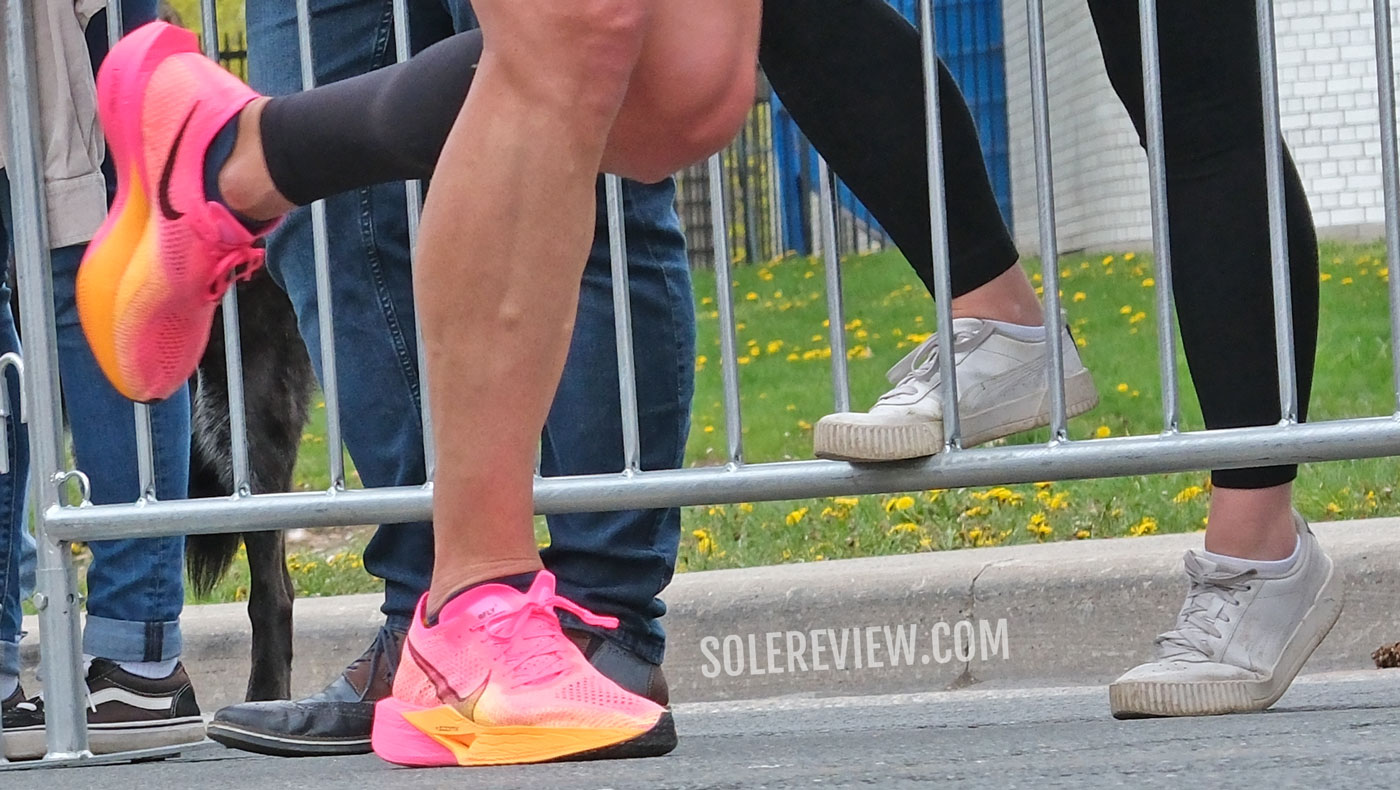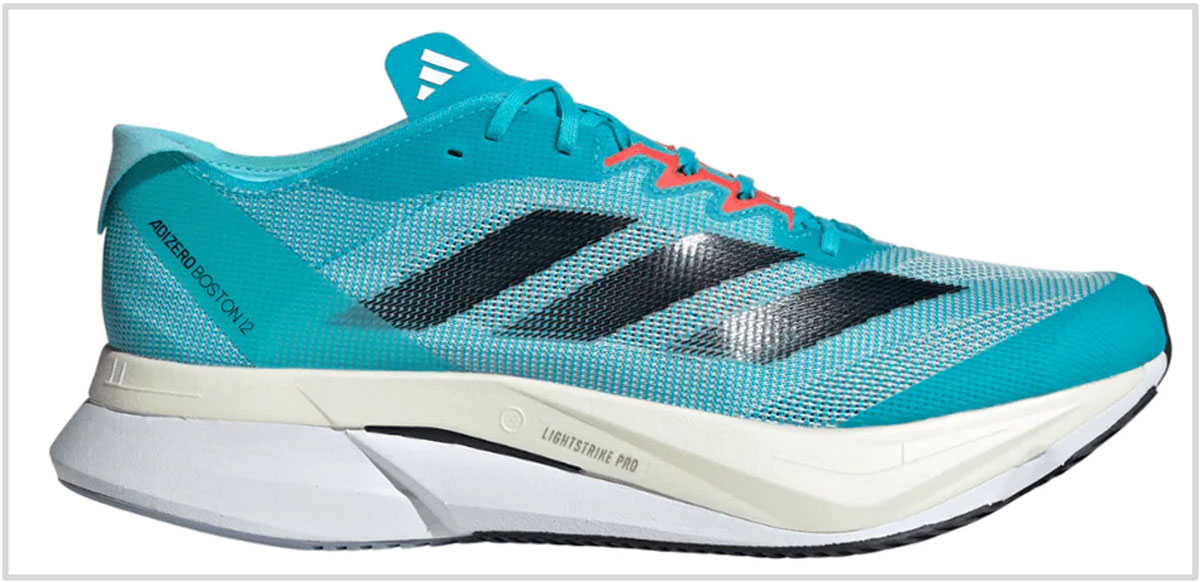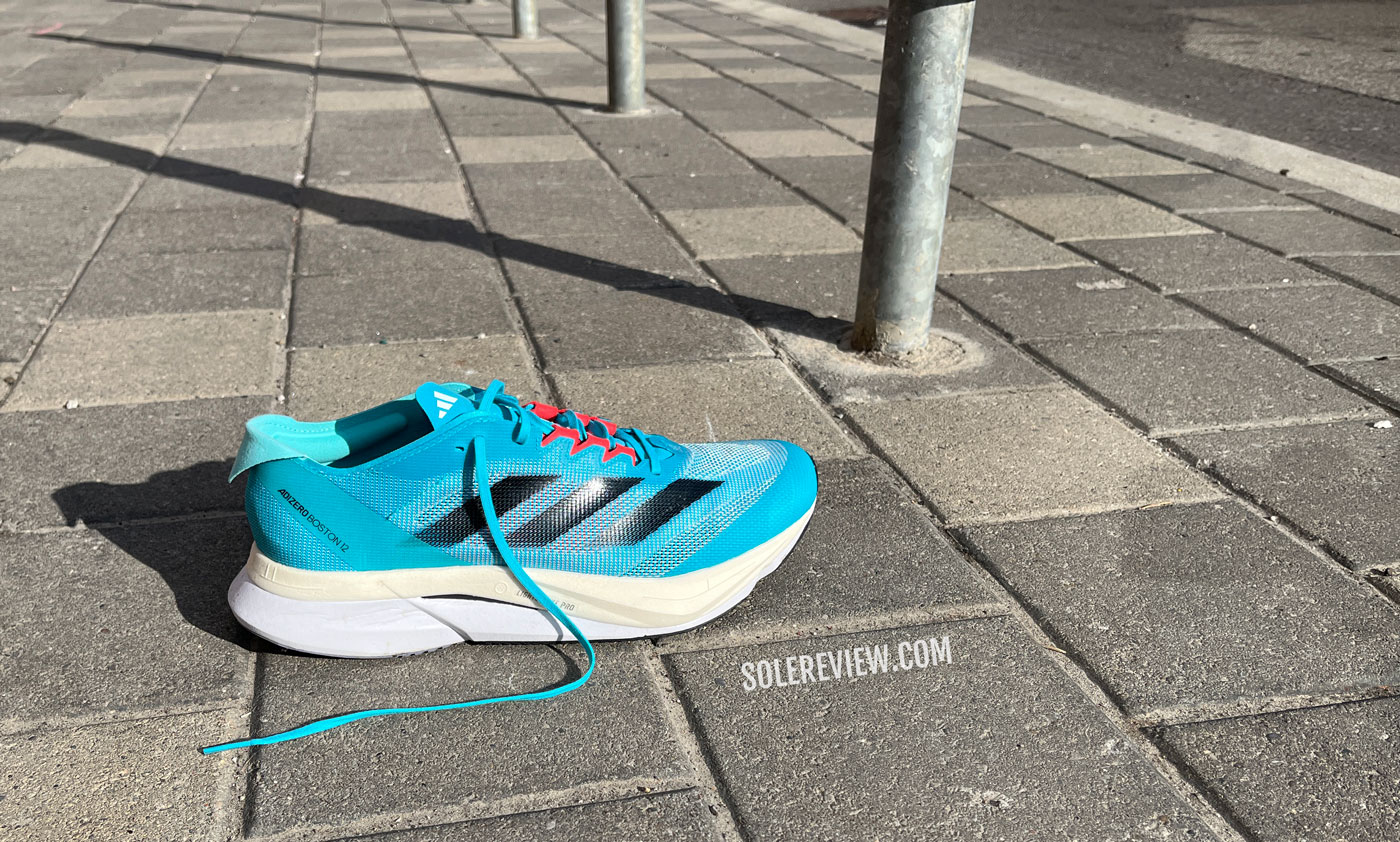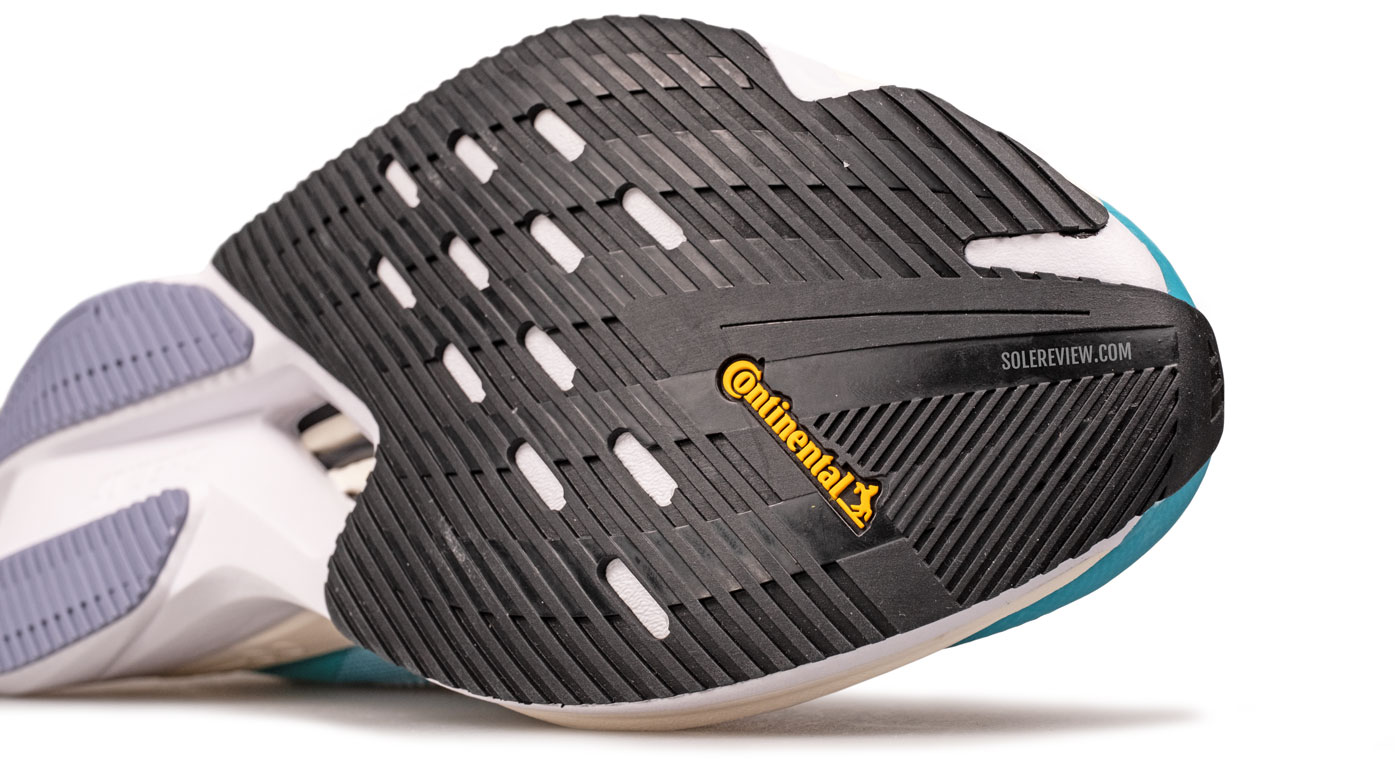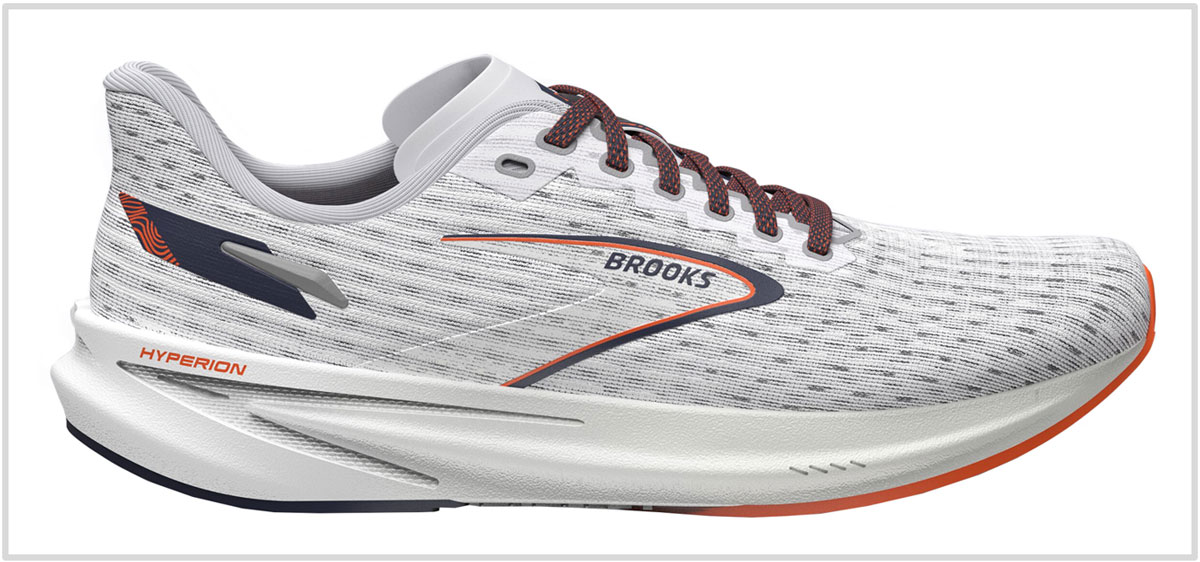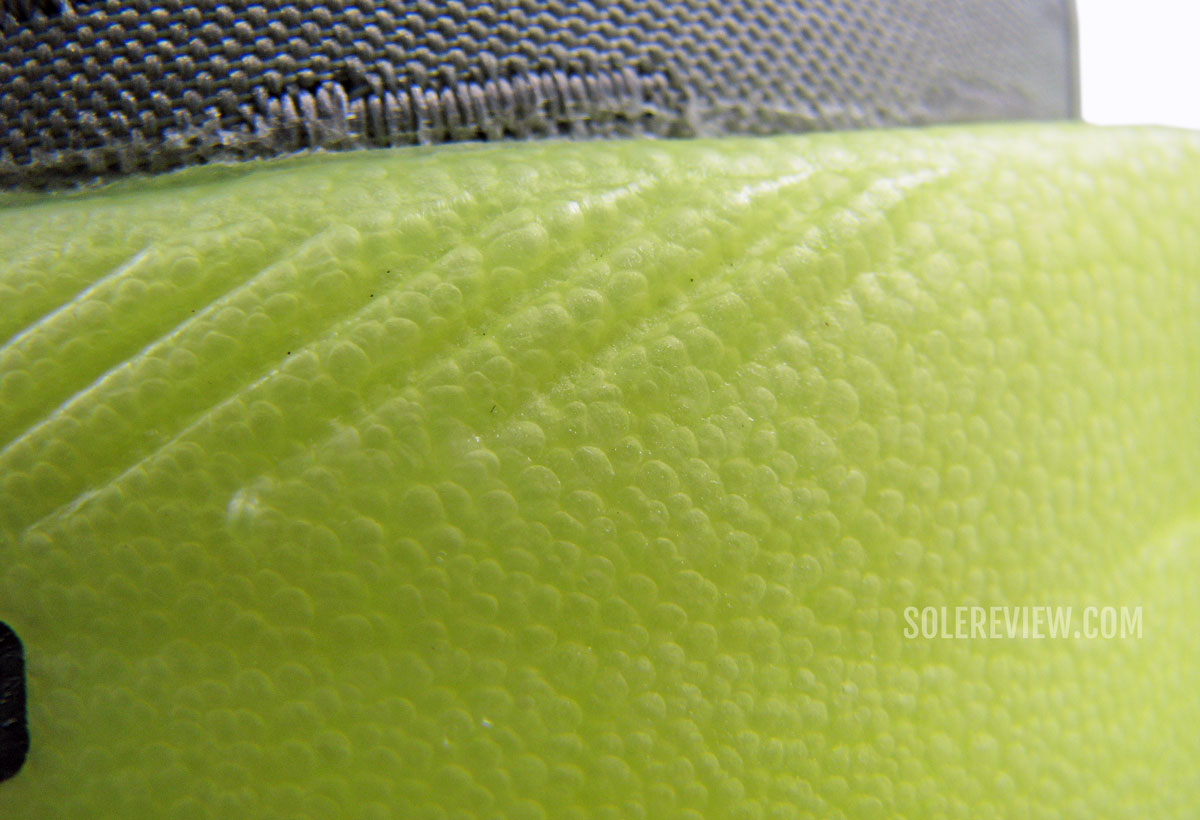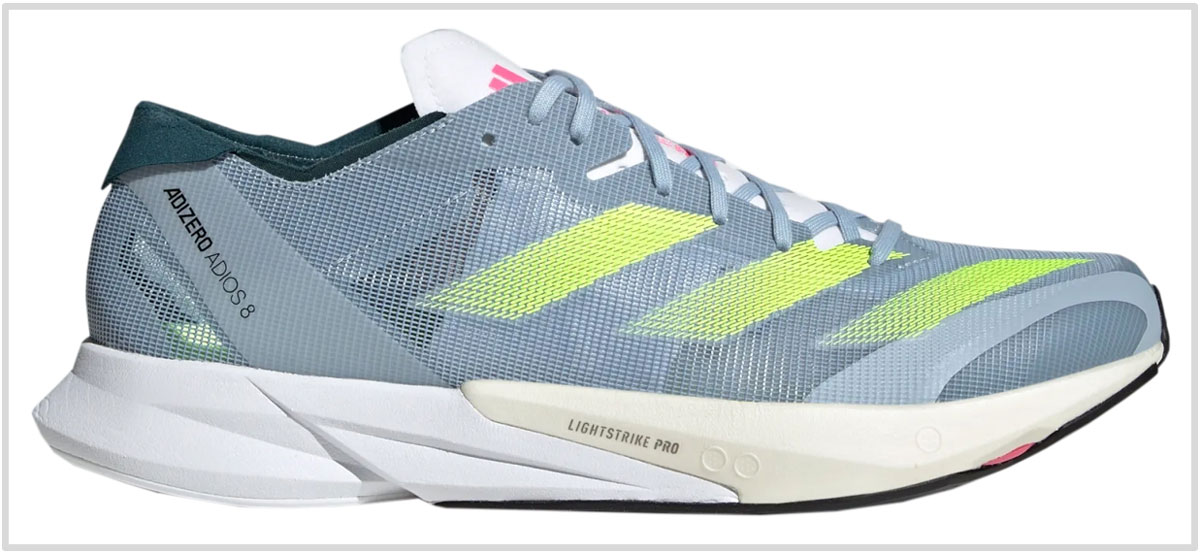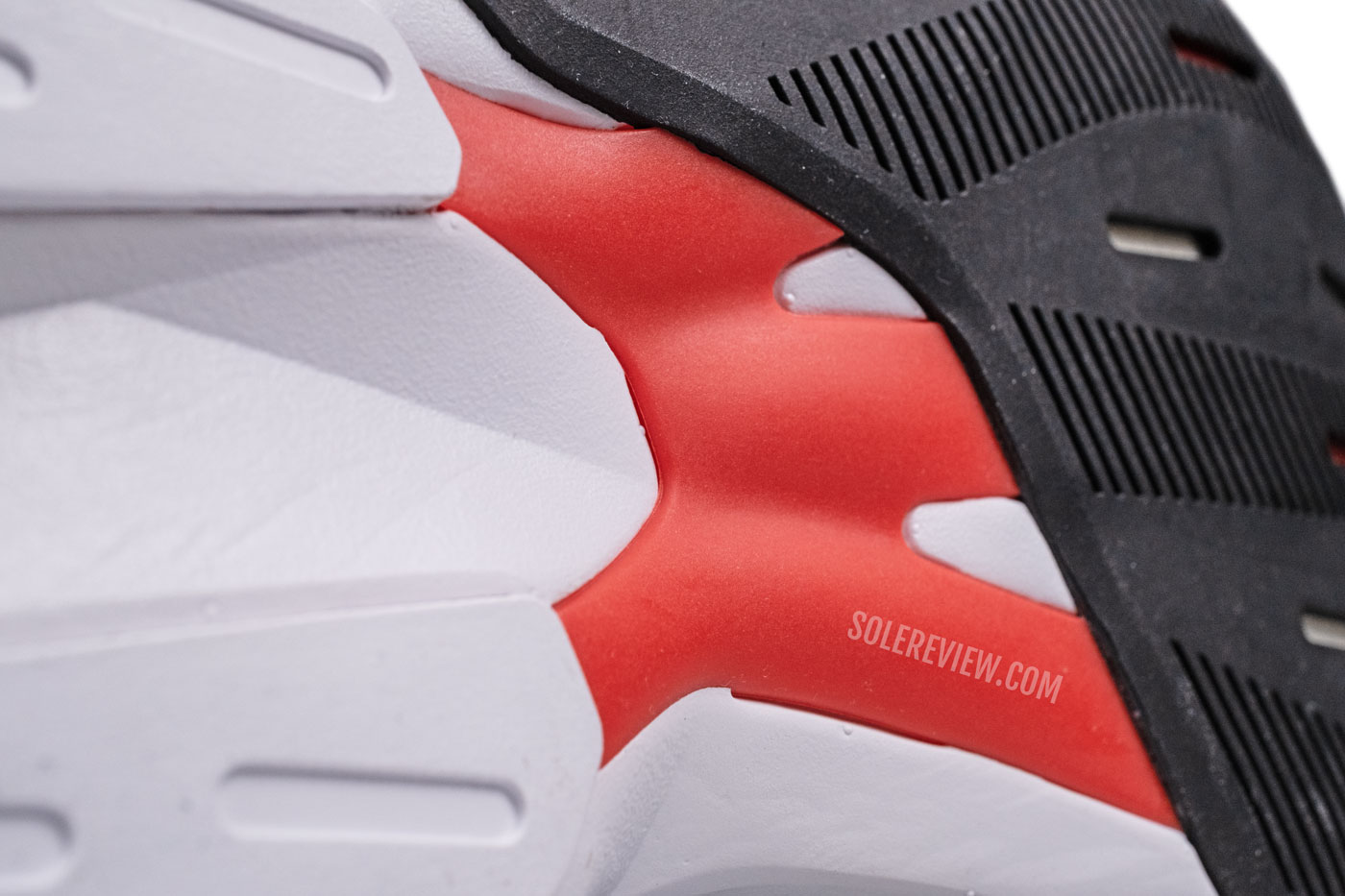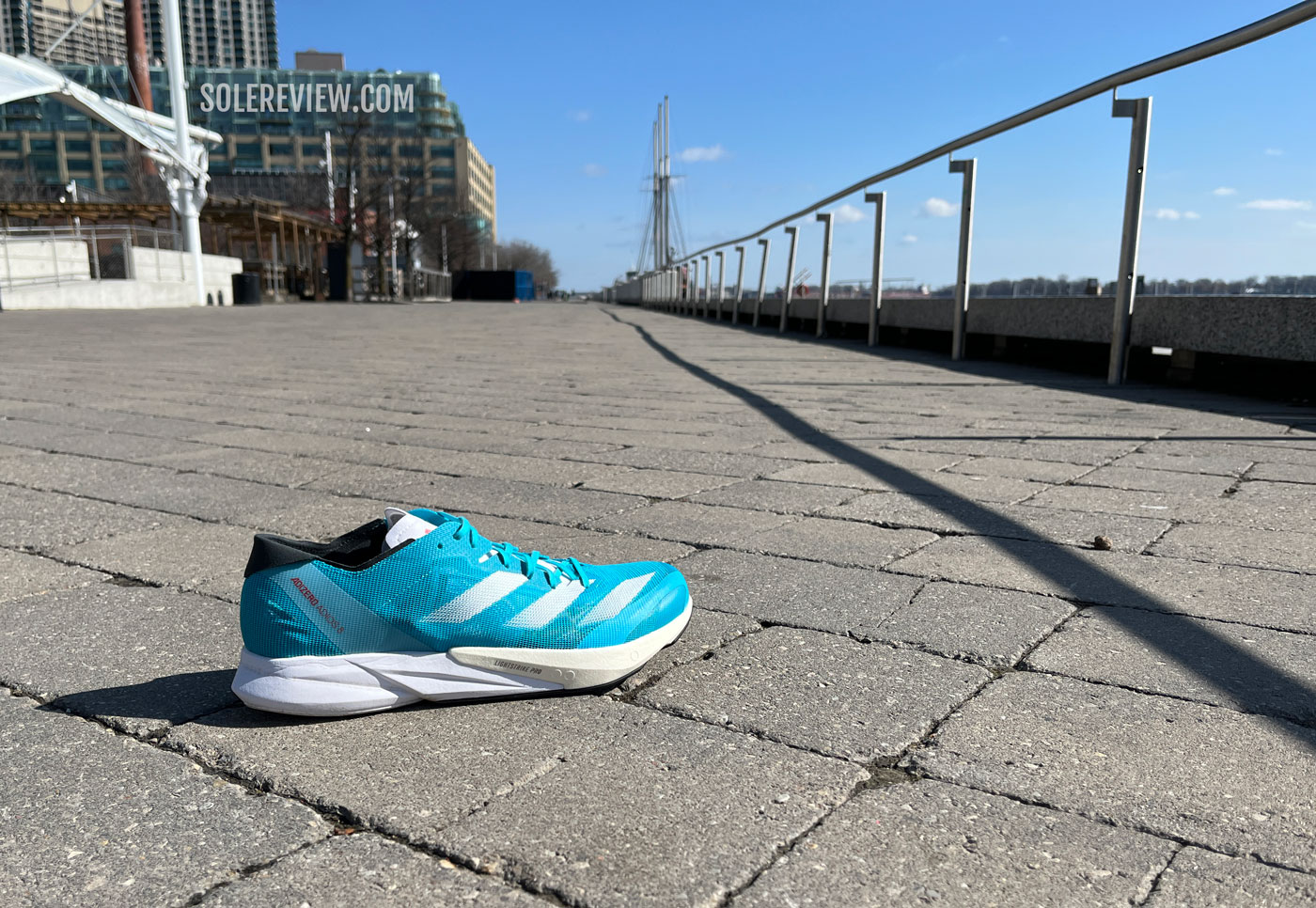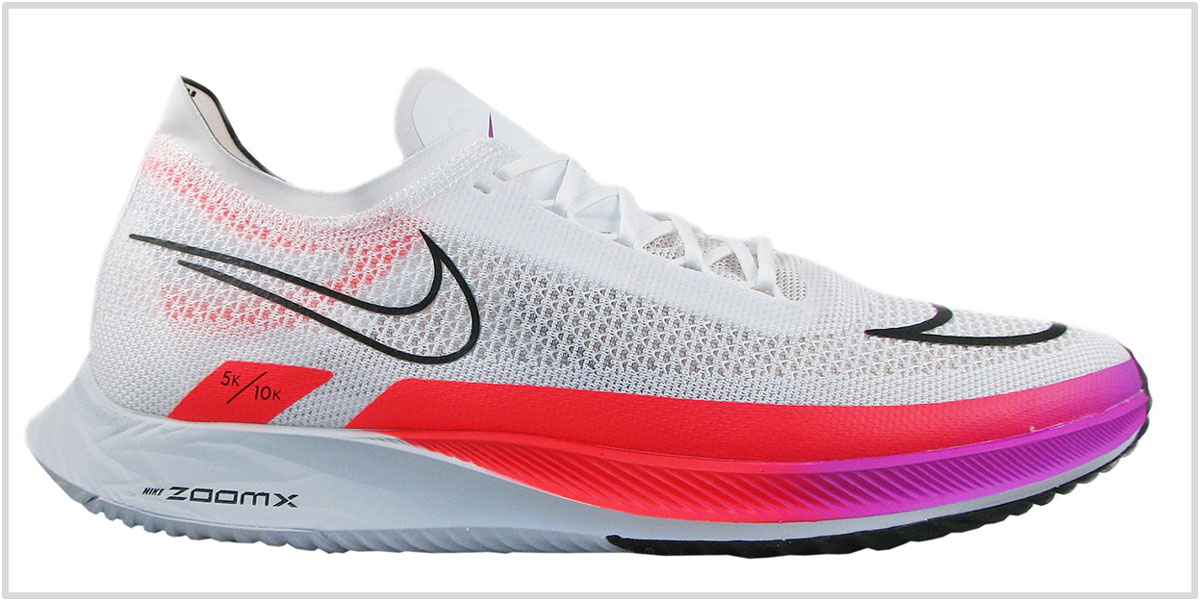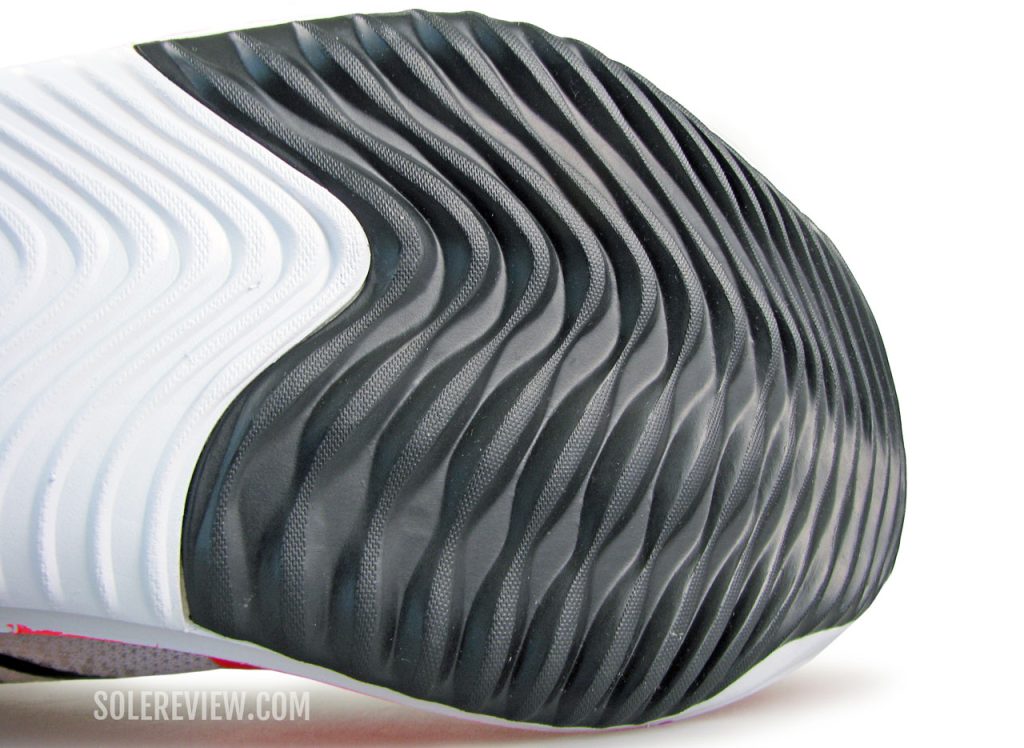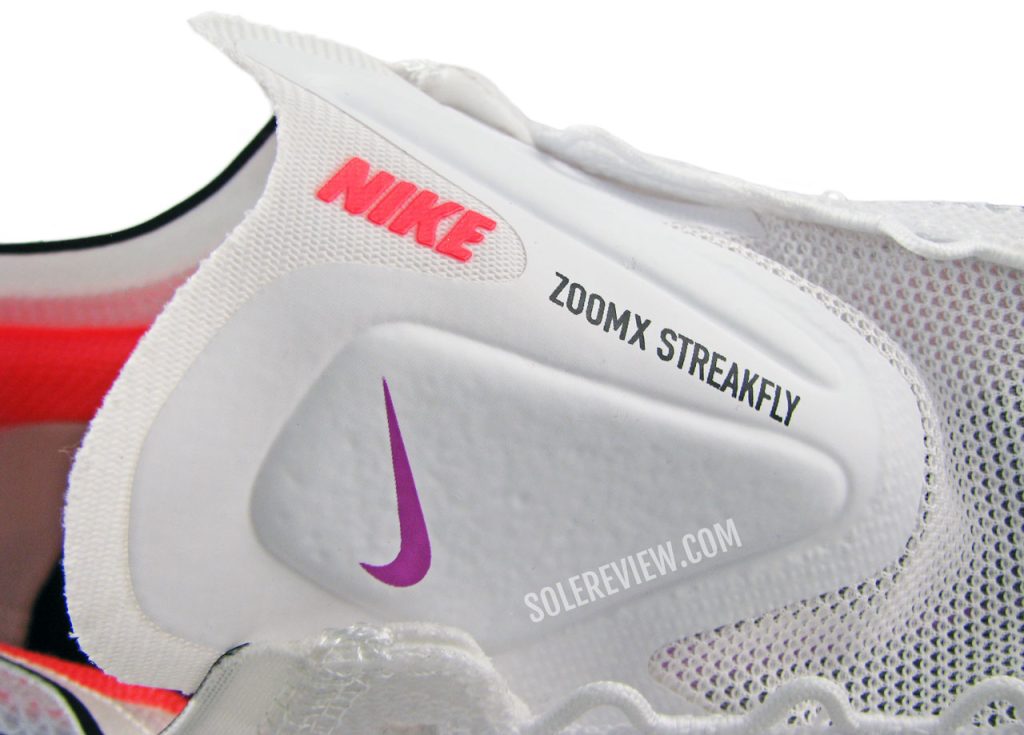This article has been updated with current models for March 2024. Most of the shoes in this guide have been replaced with their updated versions.
In this product guide:
- 1. Factors to consider
- 2. Cushioned tempo trainer for 10K: New Balance Rebel V4
- 3. Max-cushioned shoe for 10K: Asics Superblast
- 4. Plated racer for 10K: Nike Vaporfly 3
- 5. Cushioned tempo trainer for 10K: adidas Boston 12
- 6. Cushioned tempo trainer for 10K: Brooks Hyperion
- 7. Low profile racer for 10K: adidas adios 8
- 8. Low profile racer for 10K: Nike ZoomX Streakfly
A 10k run is a popular choice for many reasons. It’s a gateway for runners who eventually aspire to run half and full marathons; it gives you an idea of what longer races feel like. Even when not racing, a 10K training run is an excellent workout distance to build stamina without testing the limits of your body.
Depending on the pace, running a 10K involves being on your feet anywhere between 30 minutes to a little over an hour. If your target is a sub-40 minute 10K, that means you’d want (not need, though) a shoe that feels fast.
On the other hand, if finishing a 10K takes an hour or more, then you need a shoe with sufficient ride comfort. In other words, a running shoe needs to meet the speed and endurance requirements of a 10K run.
If you’re already wrapping up 10K runs under 40 minutes, then you should read our buyer’s guide for 5K races. Those models will do just fine for fast 10K paces.
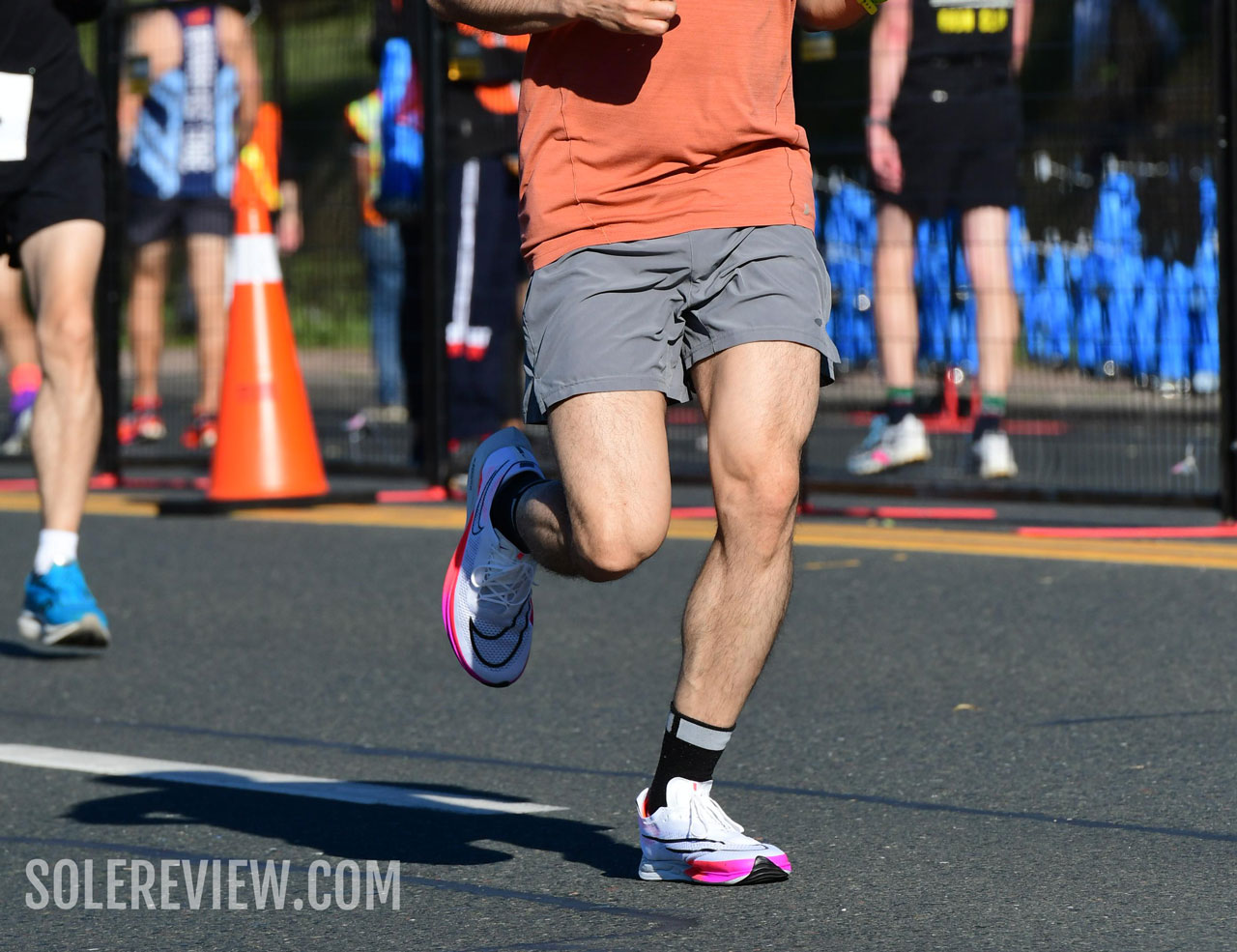
The Nike ZoomX Streakfly is a comfortable 10K pick.
Given the context, we’ve put together a list of recommended shoes that work for both categories of runners. So regardless of whether you’re running a 37-minute or an hour-long 10K, these shoes will do a splendid job.
There’s another reason to consider this list. You can also use these shoes for half marathons, a distance where thinner racing flats (otherwise suitable for 5K races) may not offer adequate ride comfort.
Our selection criterion is relatively straightforward. The shoes listed below have a good blend of cushioning and fast; in other words, they’re lightweight trainers with enough midsole to go the distance.
Thanks to its sleek profile and racing flat-like upper, the Nike Vaporfly 3 is the only Carbon-plated racer in this guide.
1) Cushioned tempo trainer: New Balance Rebel V4
Here’s a heads-up – the New Balance Rebel V4 is nothing like the Rebel V2 or V3. It’s got a brand-new midsole geometry as well as a new midsole foam. Even the upper doesn’t fit the same as the last time.
Regardless of the changes, the Rebel V4 is a sensible choice for a 10K run. Unlike the previous Rebel, the rocker midsole assists the foot during push-offs for quicker transitions. There’s more foam under the foot, so there’s enough cushioning for up to a half-marathon.
The wider outsole makes the Rebel 4 more stable than the Rebel V3 and V2. Though the PEBA-EVA blend foam isn’t as soft as the previous model, it’s got decent levels of responsiveness.
Also new for this year is the wider forefoot fit. The past Rebel models had a snug forefoot; the V4 does not. There’s more room for the toes to splay, and what’s more, New Balance also sells an optional wide.
2) Max-cushioned trainer: Asics Superblast
If you just want an ultra-cushioned trainer that’s neither heavy nor slow, there’s nothing better than the Asics Superblast.
This is the premium version of the Novablast, with a dual-density midsole made most of Flytefoam Turbo. And there’s a lot of it too; the midsole has stack heights of 45.5 mm and 37.5 mm.
But here’s the best part; the Superblast is a shoe that’s not only cushioned enough for a marathon, but quick as well. The responsive FF Turbo foam adds responsive cushioning without adding weight. The midsole is rocker-shape, so that helps the foot roll forward at the end of the gait cycle.
What works for a marathon also works for a 10K run. The cushioned FF Turbo keeps the feet fresh, whereas the responsive foam and rocker midsole add quickness to the ride. Our in-depth review has more.
The upper is a bit narrow, but that works well during high-speed runs, as the secure fit holds the foot in place.
3) Cushioned plated racer: Nike Vaporfly 3
We chose the Vaporfly 3 over other plated racers because it’s built like a racing flat – except that the lightweight upper is married to a soft and bouncy ZoomX midsole.
And of course, there’s a Carbon plate working its magic inside the midsole. At the rear, the S-curved plate delivers the familiar springboard snap. In the front, the base of the plate creates a rocker effect that makes it easier for the foot to push through. It’s worth mentioning that the VF 3’s fit is much roomier than the VF 2, so that dilutes the quick ‘touch-and-go’ quality of the previous model. Our in-depth review has more.
The Vaporfly offers more value at higher paces – say, an under 40 min 10K run. The ZoomX foam and Carbon plate respond to quicker turnovers better than it does at slower paces.
The true-to-size upper is very breathable. The ventilated mesh keeps the feet cool, and the asymmetrical lacing takes off the top-down pressure.
4) Cushioned tempo trainer: adidas Boston 12
Cushioning-wise, the Boston 12 is a rung above the adios 8. However, the Boston 12 isn’t just about a taller midsole. The dual-density midsole has Energyrods – a set of tubes that work together with the foam to make roll-offs quicker.
Unlike a stiff plate, the tubes work in the background rather than being prescriptive. It shares the workload with the foot by bringing a propulsive feel to the ride character.
We also love the Boston 12 (Our review is here) for its versatility. The highly-cushioned midsole makes daily training comfortable, but it’s ready to pick up speed when the occasion demands.
Supplied with the Boston 12 is a Continental outsole rubber, with most of it under the forefoot for traction during toe-offs.
Just know that this is the roomiest Boston 12 ever, so it’s not the snug-fitting trainer that you remember from a few years ago.
Also see: Brooks Hyperion Max, Puma Deviate Nitro 3.
7) Cushioned tempo trainer: Brooks Hyperion
The lightweight Brooks Hyperion’s firm cushioning character makes it ideal for a 10K run. This 7.6-ounce (215-gram) trainer doesn’t have a plate, but the unique midsole makes it ideal for quick miles.
The ‘DNA Flash’ midsole is made of Nitrogen-infused EVA foam, a material that is cushioned yet firm – just the ingredients for a mid-distance race.
This 7.6-ounce shoe also includes a rubber outsole that fully covers the forefoot and a couple of rear lugs. The excellent forefoot grip helps with the quick transitions.
The upper is similar to what the previous version had. The fit is secure and comfortable with decent levels of ventilation.
Also see: Puma Velocity Nitro 3.
6) Low-profile racer: adidas Adizero Adios 8
The adios 8 has many performance updates, but it retains the quick yet cushioned ride character from the previous shoe. Our detailed review explains what’s new on the adios 8.
The firm EVA foam (Lightstrike) creates a supportive foundation under the heel, whereas the softer Lightstrike Pro makes the forefoot snappy and responsive.
A forked plastic shank (called Torsion rods) connects the rearfoot with the forefoot for efficient transitions.
The Continental rubber outsole gets rid of the center groove (seen on the adios 7) and instead provides a wider coverage with a one-piece setup. While this update makes the outsole slightly loud, the traction is excellent.
The breathable upper keeps the foot locked down during the fast runs. There’s a lot more room inside the upper because of the heel design (it shifts the foot towards the rear), but there’s no slide.
7) Low-profile racer: Nike ZoomX Streakfly
Ideally, a running shoe for a 10K distance needs to have just the right amount of ride comfort, but served with a sense of urgency.
If cushy + fast is what we’re after, the ZoomX Streakfly makes a strong case for itself. For our review, we tested the Streakfly during a 10K race to assess its performance.
The low-profile midsole is made entirely of the soft and lightweight ZoomX foam, and a forefoot-only plate adds an element of quickness. Thanks to its lightweight upper and sole, the Streakfly weighs next to nothing.
All these attributes make the Nike ZoomX Streakfly an excellent pick for 10K races.
Do you own any of these shoes? Improve this review by sharing your insights – submit a review here.

